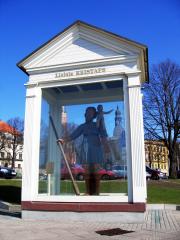 |
| Lielais Kristaps (Big Christopher) |
| Big Christopher, the city's protector from floods and other natural disasters, first appeared in the 16th century, in a small cave by a bank of the Daugava River. Legend says that one day after returning_ |
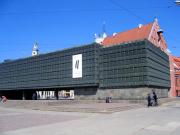 |
| The Museum of the Occupation of Latvia |
|
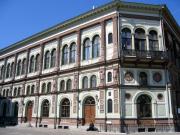 |
| Riga Stock Exchange Building |
|
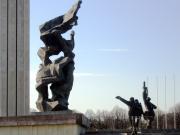 |
| Victory Monument |
|
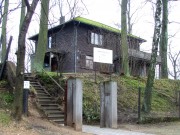 |
| J. Akuraters Memorial House - Museum |
|
 |
| St. Maria Magdalena Catholic Church |
| Next to St. Jacob’s Church, on Klosteru iela 2, there is St. Maria Magdalena Church built at the end of the 13th century or the beginning of the 14th century for the needs of the Cistercian women_ |
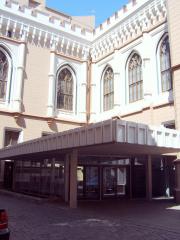 |
| The Large Guild |
| One of the oldest and most interesting buildings in Riga is the Great Guild, which was built in 1858 and is located between Zirgu, Amatu and Kaleju streets.
In 1282 Riga joined the North German city trading_ |
|
|
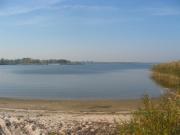 |
| Lake Kisezers |
|
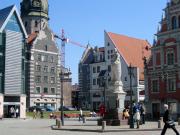 |
| Town Hall Square, Rolands' Statue |
|
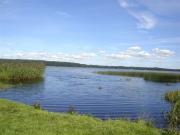 |
| Jugla Lake |
|
 |
| Esplanade |
| To the north-east of Old Riga, between Brīvības and O.Kalpaka Boulevards, and Elizabetes and K.Valdemāra ielas there is the former Esplanade Square. It is a small part of the former vacant area around_ |
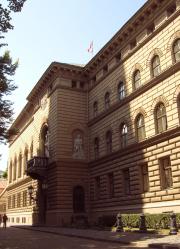 |
| House of Knighthood (Now Building of Saeima - the Latvian Parliament) |
| Not far from the “Three Brothers” on Jēkaba iela 11 there is a famous architectural monument of newer times: Vidzeme House of the Knighthood (presently the Saeima (Parliament) of the Republic_ |
 |
| "Austrumu robeza" ("Eastern Border") - theater, restaurant |
|
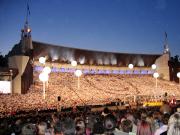 |
| Mezaparks Great Stage |
|
|
|
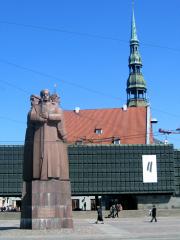 |
| Latvian Riflemen Square and Monument |
|
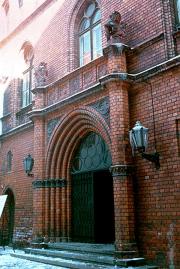 |
| Museum of the History of Riga and Navigation |
| The Museum of the History of Riga and Navigation was founded on Nikolaus von Himsel's private collection in 1773. Now it is considered to be one of _ |
 |
| Mezaparks (Forest Park) |
| Mežaparks is a neighbourhood in North Central Riga, Latvia. The name is literally translated as 'forest park'. The park was built in the early 20th century and was originally called Kaiserwald._ |
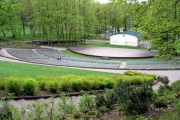 |
| Dzeguzkalns Stage |
|
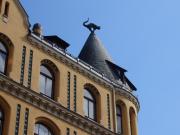 |
| "Kaku maja" ("Cats house") |
| The Cat House is named for two black felines perched on the points of its towers. Not only did the beasts curse their first sculptor, he fatally fell while putting them up, but their purpose was to cause_ |
 |
| Latvian Ethnographic Open Air Museum |
| Founded in 1924, the Latvian Ethnographic Museum is one of the oldest open-air museums in Europe. Historical dwellings, peasants', fishermen's and artisans' homesteads, a tavern and windmills_ |
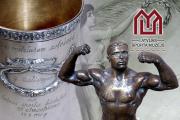 |
| Latvian Sport Museum |
|
|

